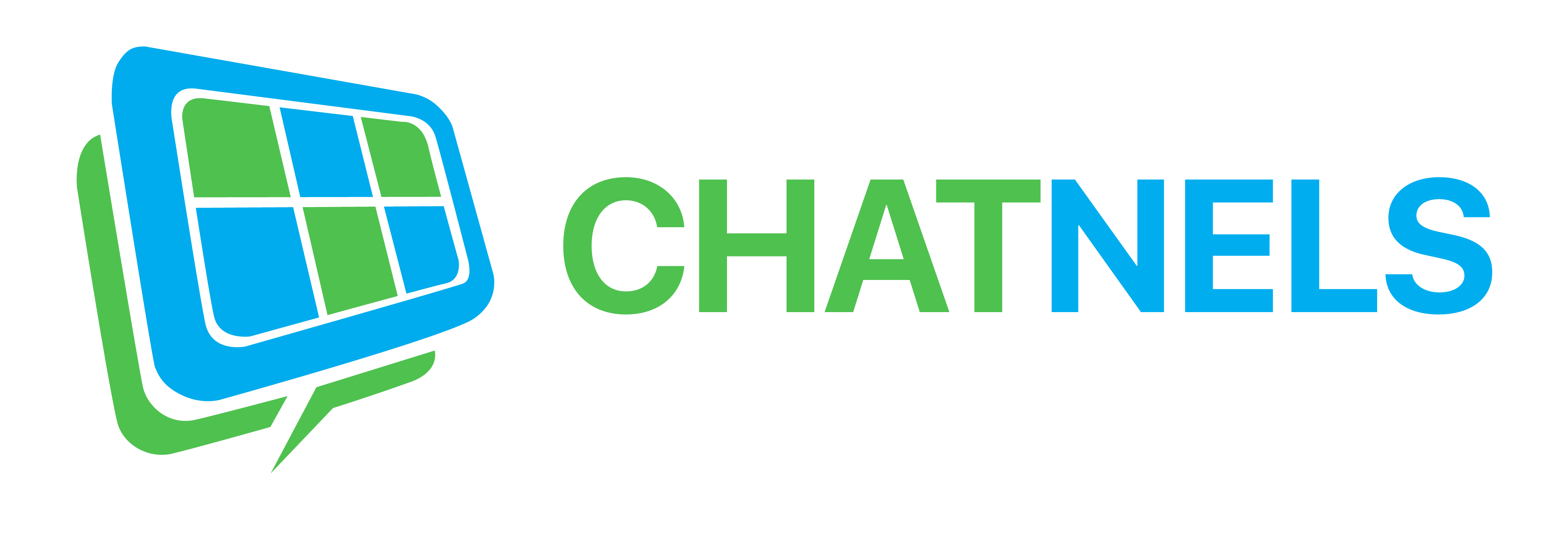Telecommunication is the transmission of signals over a distance between 2 or more people for the purpose of communication. Telecommunication history dates back thousands of years, it is said to originate from the use of drums and smoke signals which was recorded in Africa, America and Asia.
Moving to more recent times, it was not until the late 18th century that more modern telecommunication systems emerged. Europe was the first continent to embrace most of these new technologies before they expanded across the world.

Here’s a snapshot timeline of telecommunication highlights:
Telegraph – 1792 – Claude Chappe
Morse code – 1836 – Samuel Morse
Fax Machine – 1843
Electric Telephone – 1876 – Alexander Graham Bell and Thomas Watson
Phonograph – 1877 – Thomas Edison
Radio – 1920
TV – 1925 – John Bairde
Computer Telephone Line Switchboard System – 1971 – Erna Hoover
Personal Computers – 1976
Mobile Phone – 1981 – Nordic
World Wide Web – 1989 – Tim Berners-Lee and Robert Cailliau
Text Message – 1992 – Neil Papworth
Skype – 2003
Facebook – 2004
YouTube – 2005
Twitter – 2006
iPhone – 2007
Whatsapp – 2009
Instagram – 2010
Zoom – 2011
Slack – 2013
Chatnels – 2020
Telecommunication has come a long way over the last few hundred years. First, there was telegraph and fax, then came radio, tv and mobile phones. Next, Industry 4.0 brought about internet, which led to the creation of various online chat and video platforms.
With new innovations in telecommunication products and services, our technology exponentially advances. There’s no shortage of communication channels at our fingertips.

There are 7 C’s for good communication according to Education Executive:
1. Clear – Be clear about your goal and purpose for communicating, don’t leave your reader to read between the lines.
2. Concise – Don’t beat around the bush and get to the point because no one likes a rambling story.
3. Concrete – Adding the right amount of facts and details can help communicate your message, but be careful not to go overboard.
4. Correct – This goes beyond grammatical and spelling correctness, you must ensure the level of vocabulary and tone you use matches your audience.
5. Coherent – There needs to be a logical flow to your message or argument, and maintain a consistent tone and voice throughout.
6. Complete – Are all the next steps for the reader clearly defined? Have you presented all the required information correctly?
7. Courteous – Your communication should not be passive aggressive or rude, and always do your best to communicate openly, honestly and with empathy.
To improve your communication skills further you should also take the time to listen before you respond. Developing your listening skills is a key aspect of any good communicator, because it’s not always about the words you say, but the words you don’t say.
And the same goes for body language. Because verbal is only a fraction of overall communication, we need to be mindful of our posture, maintaining eye contact and other physical gestures.
Because we cannot always be together physically, especially in a time of physical distancing. Online communication platforms are a connective bridge to keep us together virtually, and our telecommunications technologies continue to grow with the capabilities of AI and machine learning. The future of communication looks bright.
Want to learn more about our own AI-powered chat messaging platform? Check out Chatnels today and how you could take your business’ communication to the next level. We have a free 3 month trial while BC’s phase 3 restarting plan is in effect.



